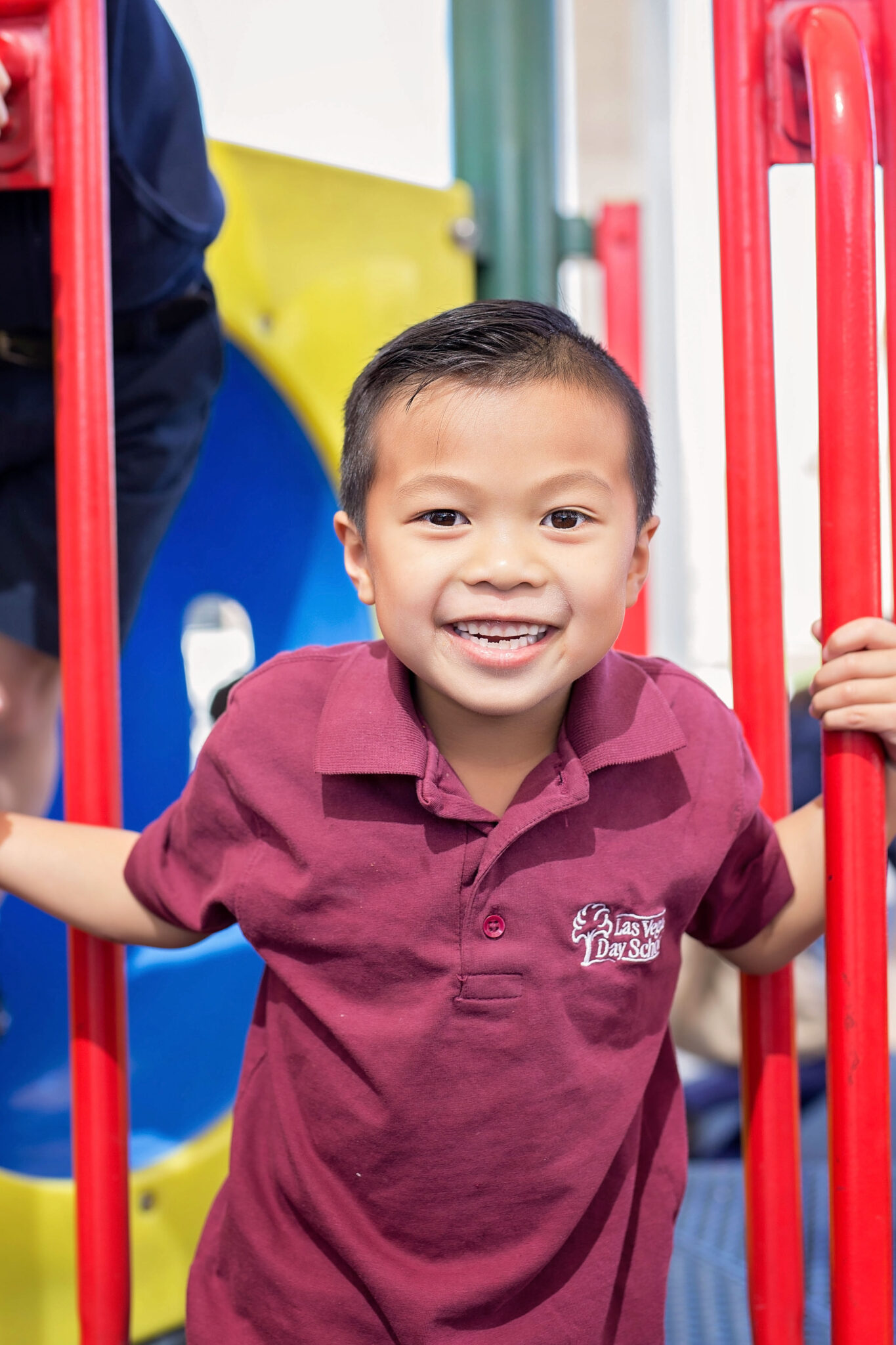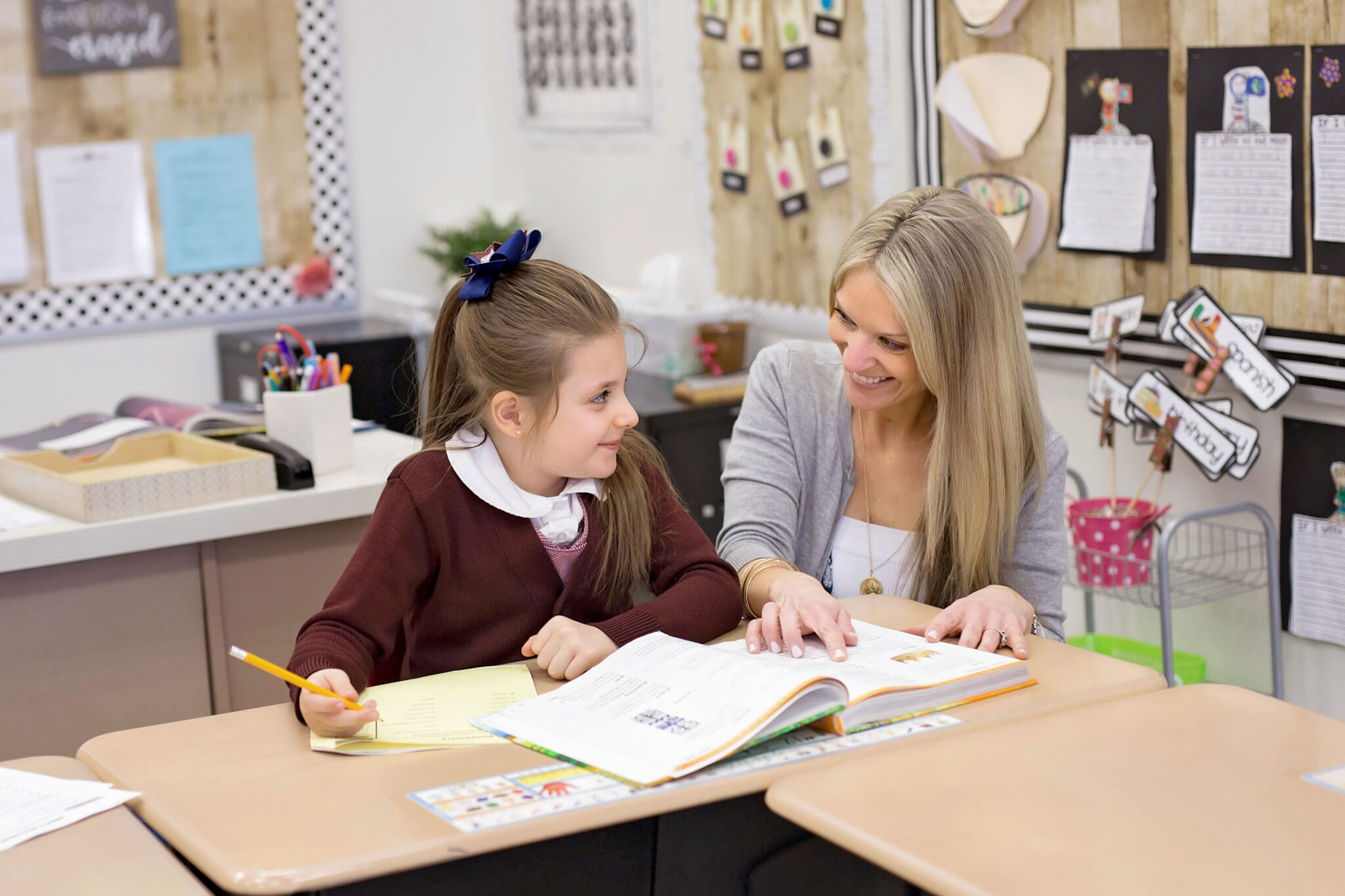Schedule a Tour
Second Grade
Third Grade
Fourth Grade
Fifth Grade
First Grade Facts At A Glance
- Age range and cut off: 6 years old to 7 years old
- School hours: Classes start at 8:25am and dismisses at 2:55pm.
- Classroom size: 20 students
- Student to Faculty ratio: 10:1
First Grade FAQ

What specials do students have during the school day?
All elementary students have Art, Music, Spanish, Computer, PE, and Library on a weekly basis. These classes are taught by a specialist in each area of study. Students go to those respective classrooms for instruction.
What is the school disciplinary philosophy?
The school use a firm but fair disciplinary philosophy with praise in public and reprimand in private. Students are addressed if they engage in inappropriate behavior using a card change system with a detention consequence. Citizenship is letter graded.
Can students purchase snacks?
The student store is open before school, at lunch and after school for students to purchase snacks. All students have a personal account that parents can add monies online for snack purchases.
Do students have recess?
All elementary classes have a morning recess and lunchtime recess. First and second grade have an additional afternoon recess time

